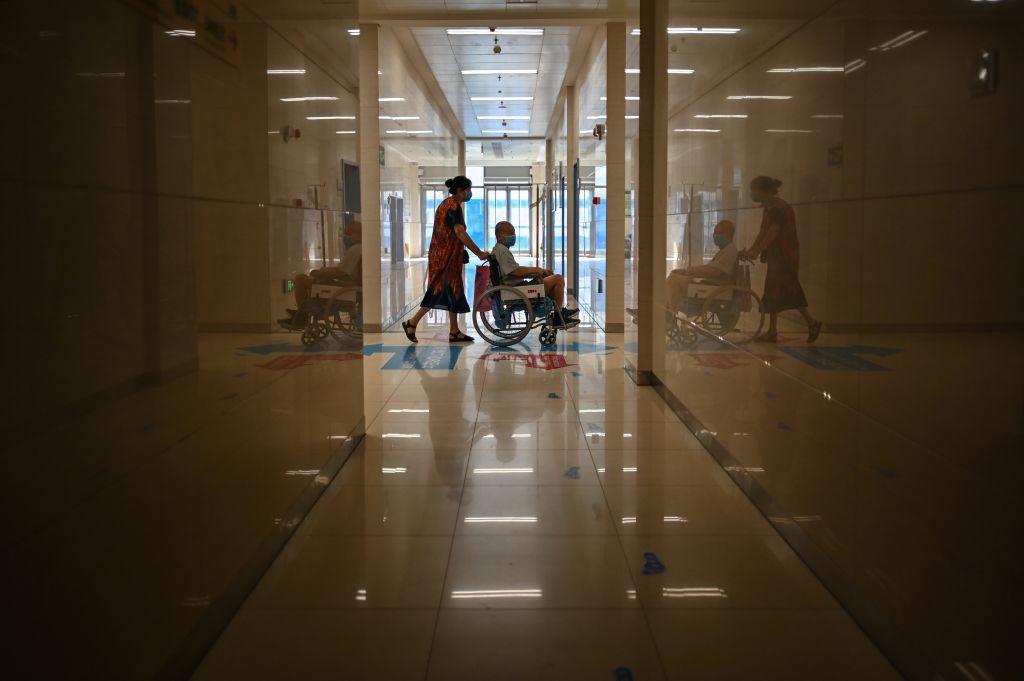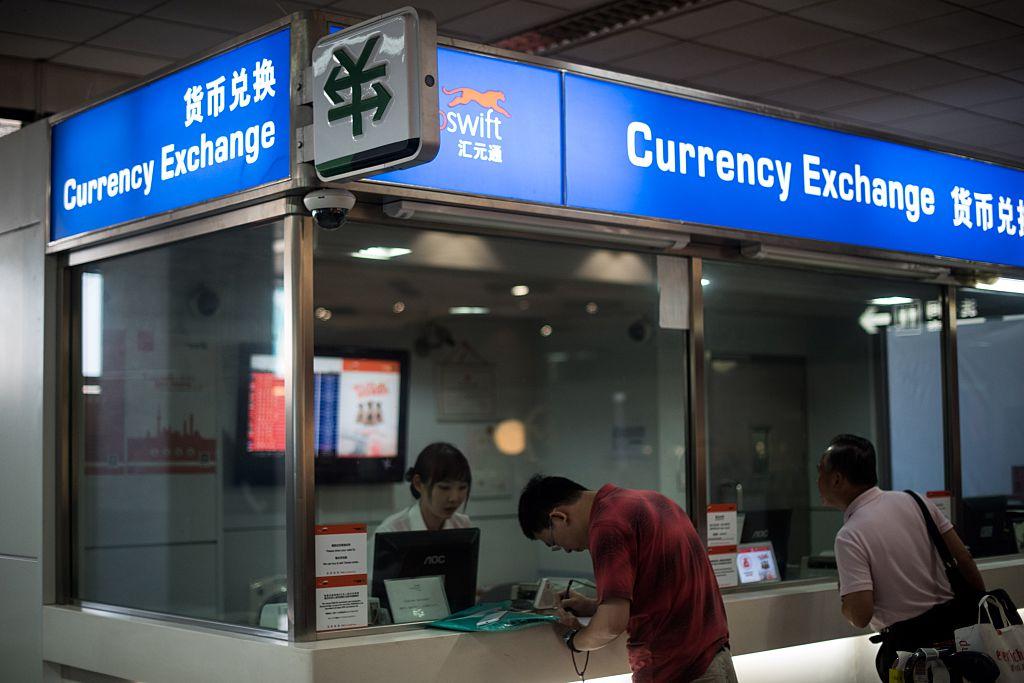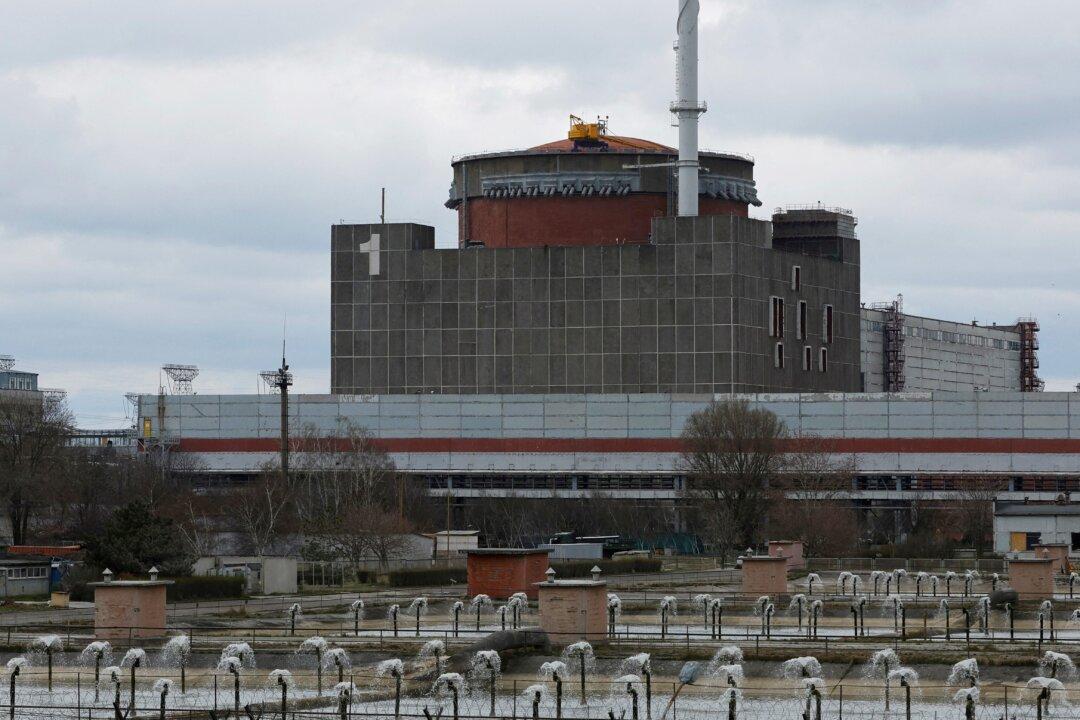China’s healthcare authority issued a rare response amid mounting public concern that there was insufficient money in the nation’s healthcare fund because of repeated COVID-19 testing and increased hospitalizations due to the pandemic..
In a disclosure aimed at easing public concern, China’s National Healthcare Security Administration (NHSA), on July 23, said the national medical insurance fund is in the black.





